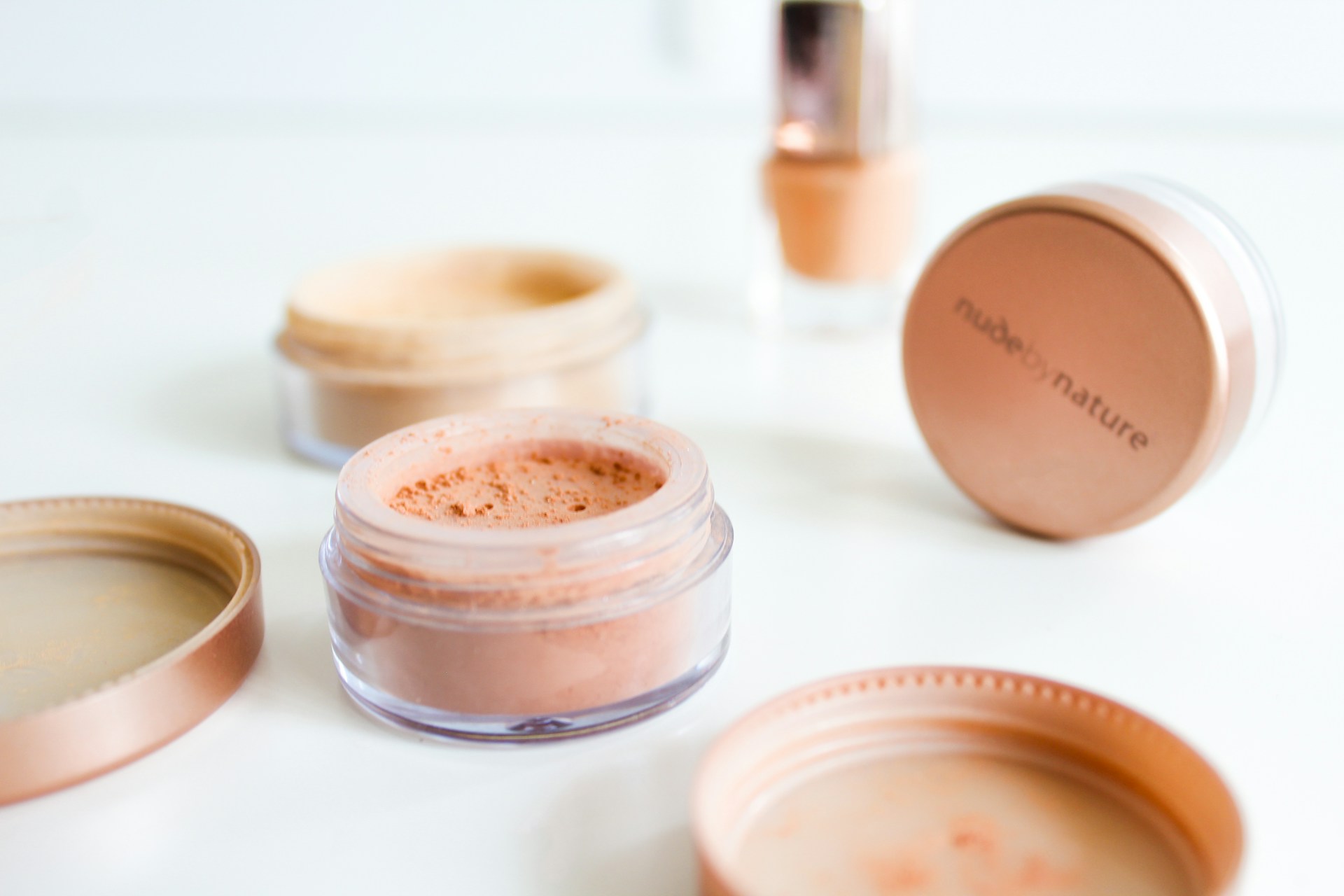Are you looking to transform your body and achieve your fitness goals in Doha, Qatar? Look no further than the best personal trainer in the city who can help you reach your full potential. With the guidance and expertise of a personal trainer, you can take your fitness journey to the next level and see real results.
A personal trainer is a certified fitness professional who can help you set realistic goals, create a personalized workout plan, and provide the motivation and support you need to succeed. Whether you are looking to lose weight, build muscle, improve your overall health, or enhance your athletic performance, a personal trainer can tailor a program to meet your specific needs and help you achieve your desired results.
In Doha, Qatar, there are many personal trainers to choose from, but not all are created equal. It is important to do your research and find a personal trainer who is experienced, knowledgeable, and dedicated to helping you reach your goals. The best personal trainer in Doha will have a proven track record of success, positive reviews from clients, and a passion for helping others achieve their fitness goals.
When you work with the best personal trainer in Doha, you can expect a personalized approach to fitness that takes into account your unique needs, preferences, and goals. Your personal trainer will work with you to create a customized workout plan that is challenging yet achievable, and will provide the guidance and support you need to stay motivated and on track.
One of the key benefits of working with a personal trainer is the accountability they provide. Your personal trainer will hold you accountable for your workouts, help you stay on track with your nutrition, and provide the encouragement and motivation you need to push yourself to new heights. With a personal trainer by your side, you are more likely to stay committed to your fitness goals and see real results.
In addition to providing personalized workouts and accountability, the best personal trainer in Doha will also offer expert guidance on nutrition, lifestyle changes, and overall wellness. Your personal trainer will help you make healthier choices, set realistic goals, and develop sustainable habits that will support your long-term success. With the right guidance and support, you can transform your body and improve your overall health and well-being.
Whether you are new to fitness or a seasoned athlete, working with a personal trainer can take your workouts to the next level and help you achieve your goals faster. A personal trainer can provide the expertise, motivation, and support you need to overcome obstacles, break through plateaus, and reach your full potential. With the best personal trainer in Doha by your side, you can transform your body and achieve the results you have always dreamed of.
If you are ready to take your fitness journey to the next level and transform your body, it is time to invest in yourself and work with the best personal trainer in Doha, Qatar. With the right guidance, support, and motivation, you can achieve your fitness goals and become the best version of yourself. Don’t wait any longer – start your transformation today with the best personal trainer in Doha.
——————-
Check out more on personal trainer contact us anytime:
Fyre Fit Doha
https://www.fyrefitdoha.com/
Female Personal Trainer Doha Qatar, Fitness trainer Qatar, In-home personal trainer doha qatar, We Offer Personal Training And Lifestyle Coaching suitable for all fitness levels: weight loss, Pilates, Yoga, swimming, muscle tone, posture correction, core strength, Prenatal, postnatal
















